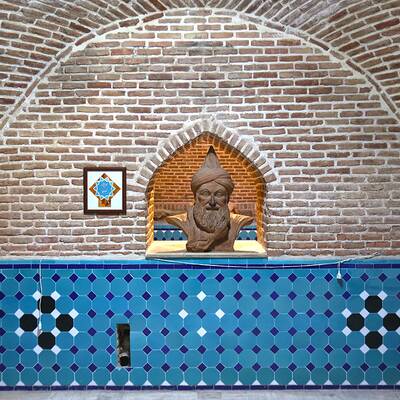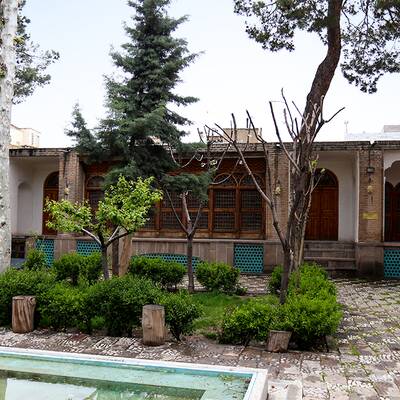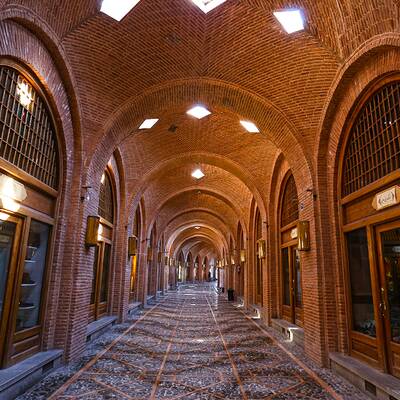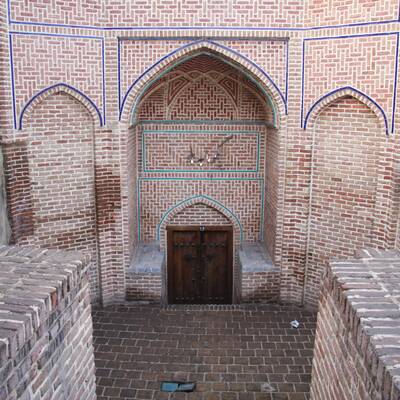Qazvin Museum which is also known as City Museum was established in 2005 in the area of Safavid Dowlatkhaneh (state office) in a short distance to Chehel Sotun Palace in Qazvin. The museum is in fact an archaeology museum encompassing over 7000 old and unique relics. They include a broad range of statues, jewelry, pottery wares, coins, old inscriptions and doors, weapons and many other things. The oldest objects in the museum are human and animal figures related to the sixth millennium B.C. Among other remarkable objects in the museum are potteries unearthed at Dasht-e Qazvin and its archaeological sites belonged to 3200 B.C. Geographically speaking, Dasht-e Qazvin is located in the northern area of Iran central plateau and it is one of the most significant centers of the formation of the first rural societies in Iran. The main ancient sites of Dasht-e Qazvin are three hills of Zagheh, Qabrestan (cemetery) and Segzababd. The materials found in the broad excavations of these regions are abundant, most of which are now located and protected in Qazvin Museum. Although there are a lot of ceramic materials discovered in the expeditions, the reputation of Dasht-e Qazvin and its triple hills is the result of the knowledge of Qazvin people of melting metals and making metal objects out of them. A wide range of metal objects including copper, bronze, iron and gold, have been discovered in the excavations carried out around 1968 in the areas. A part of Qazvin Museum is dedicated to the Islamic era in Iran including Mina wares, stone and ceramic Foqa (a kind of drink which had been made in a container with the same name), inscriptions on the shell, golden swords and many others. The history of most of the collection backs to the third and seventh centuries A.H. In addition, a wooden thrown belonged to Qajar is shining here as a memorial of the traditional and old ritual of Patakhti which is still popular in some regions of Iran including some cities in Qazvin province. Patakhti is a kind of ceremony held the day after the wedding day when the bride is sitting on a thrown to be gifted by the guests.




